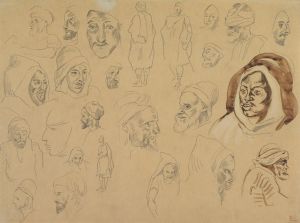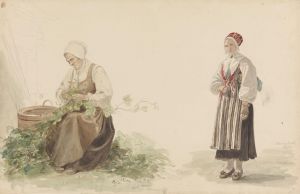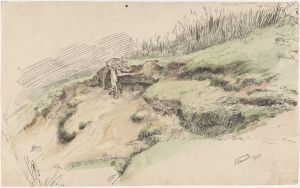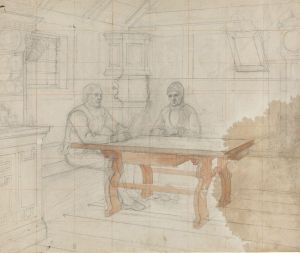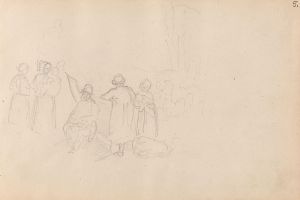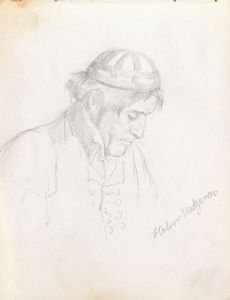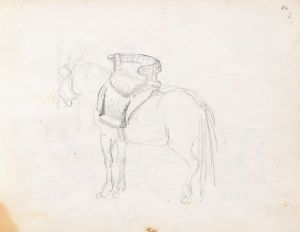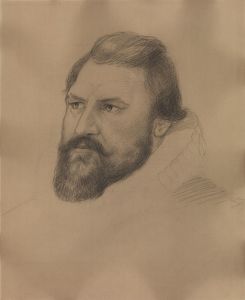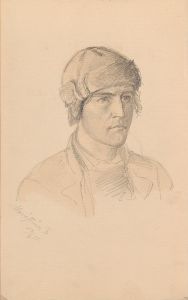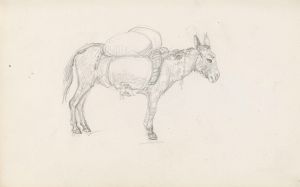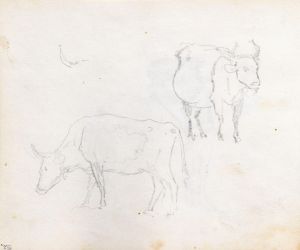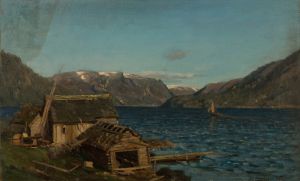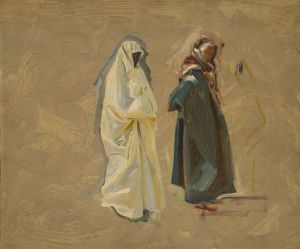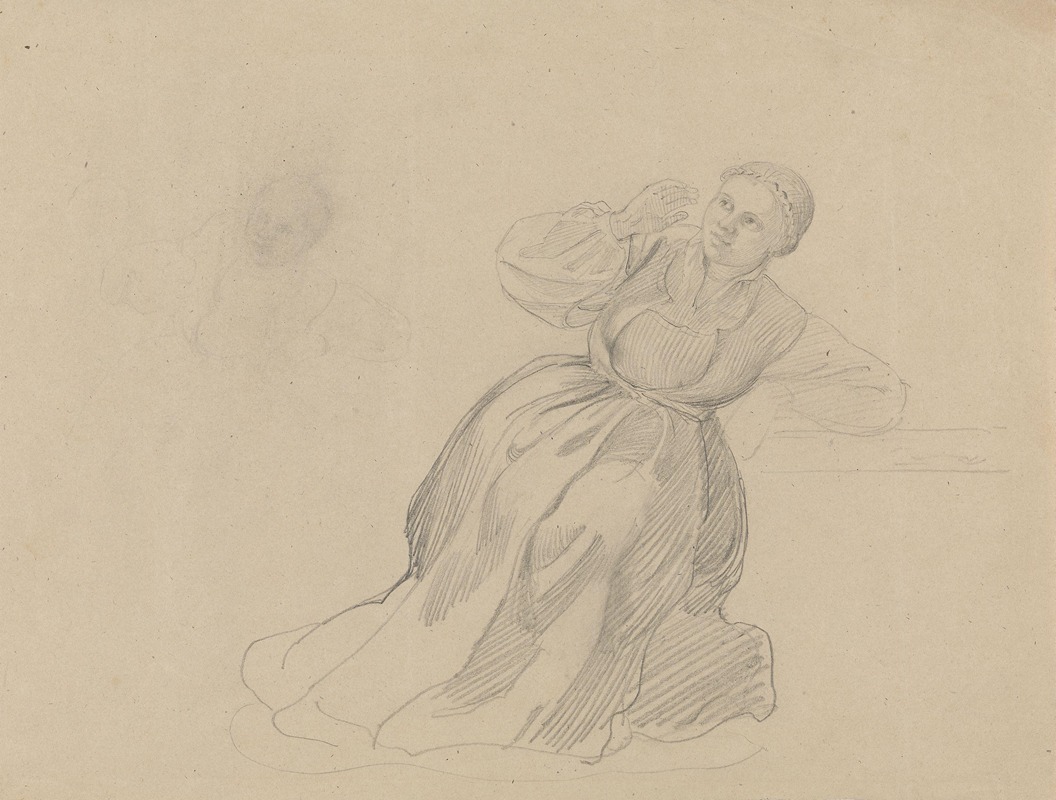
Ung bondekvinne
A hand-painted replica of Adolph Tidemand’s masterpiece Ung bondekvinne, meticulously crafted by professional artists to capture the true essence of the original. Each piece is created with museum-quality canvas and rare mineral pigments, carefully painted by experienced artists with delicate brushstrokes and rich, layered colors to perfectly recreate the texture of the original artwork. Unlike machine-printed reproductions, this hand-painted version brings the painting to life, infused with the artist’s emotions and skill in every stroke. Whether for personal collection or home decoration, it instantly elevates the artistic atmosphere of any space.
Adolph Tidemand's painting Ung bondekvinne (translated as Young Peasant Woman) is a work by the renowned Norwegian artist, who is celebrated for his contributions to the Romantic Nationalism movement in 19th-century Norway. Tidemand, born in 1814 and active until his death in 1876, is best known for his depictions of Norwegian rural life, customs, and traditions, which played a significant role in shaping the national identity during a period of growing cultural and political independence from Denmark and Sweden.
Ung bondekvinne is an example of Tidemand's focus on portraying the everyday lives of Norwegian peasants with a sense of dignity and authenticity. The painting depicts a young woman dressed in traditional Norwegian folk costume, or "bunad," which varies regionally and is often associated with specific local traditions. The artist's attention to detail in the costume and the figure's posture reflects his dedication to ethnographic accuracy and his desire to preserve Norwegian cultural heritage through art.
Tidemand's works, including Ung bondekvinne, are characterized by their warm, naturalistic style and their ability to evoke a sense of nostalgia and pride in Norway's rural traditions. His paintings often feature a harmonious interplay of light and shadow, which enhances the emotional depth of his subjects. While the exact date of creation for Ung bondekvinne is not widely documented, it is consistent with Tidemand's broader body of work, which frequently explored themes of rural life and national identity.
Adolph Tidemand's art gained significant recognition during his lifetime, both in Norway and internationally. He studied at the Academy of Fine Arts in Copenhagen and later in Düsseldorf, Germany, where he became associated with the Düsseldorf School of Painting. This artistic movement emphasized detailed realism and often focused on historical and genre scenes, which influenced Tidemand's approach to his subject matter.
Today, Tidemand's works, including Ung bondekvinne, are regarded as important cultural artifacts that provide insight into 19th-century Norwegian society. Many of his paintings are housed in prominent Norwegian museums, such as the National Museum in Oslo, which holds a substantial collection of his works. These paintings continue to be celebrated for their role in documenting and preserving Norwegian cultural traditions during a pivotal era in the nation's history.
Further specific details about Ung bondekvinne, such as its current location or the exact context of its creation, are not readily available in public records. However, the painting remains an enduring example of Tidemand's artistic legacy and his contribution to Norwegian cultural identity.





